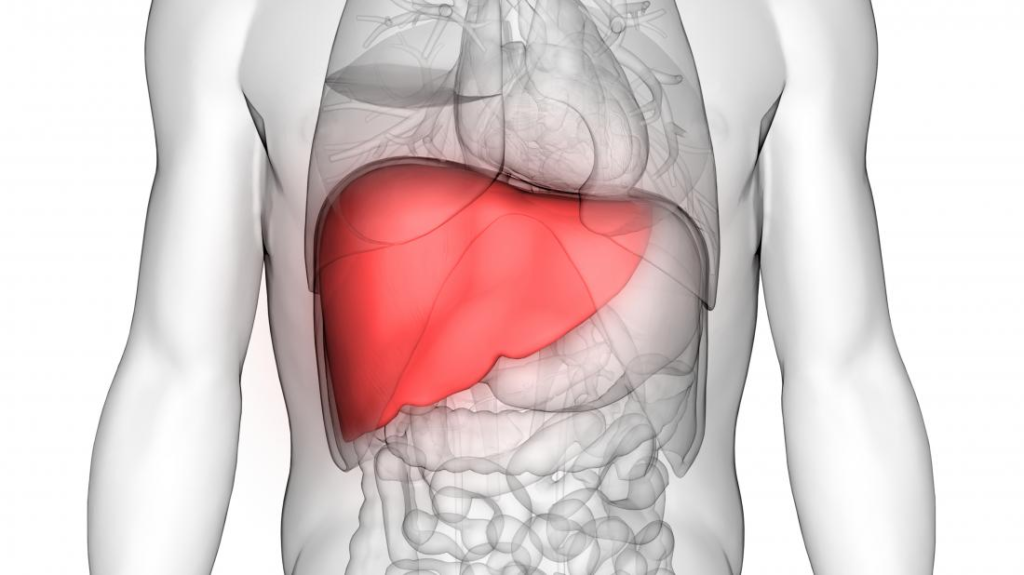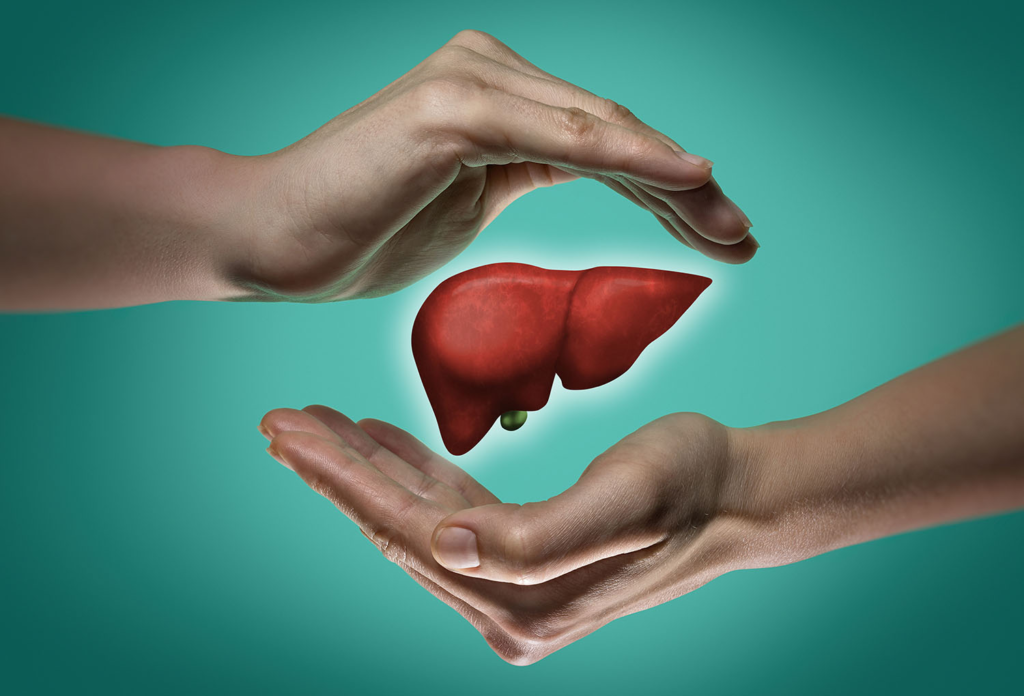Everything You Need to Know About Liver Transplant: A Life-Saving Surgery

Table of Contents
A liver transplant is a critical procedure that can save lives. This surgery involves replacing a diseased liver with a healthy one from a donor. For many people suffering from liver failure, a liver transplant offers a chance to start over and live a longer, healthier life.
The liver is a vital organ that performs many important functions, like processing nutrients and removing toxins from the blood. When the liver stops working properly, a transplant may be the only option. Whether it’s due to cirrhosis, liver disease, or cancer, understanding liver transplant can help people make informed decisions about their health.
What Is a Liver Transplant and How Does It Work?
A liver transplant is a surgery that replaces a diseased liver with a healthy one. This procedure can save lives when the liver stops working properly. The new liver can come from a deceased donor or, in some cases, a living donor who is willing to share part of their liver.
The liver is very important as it helps digest food, filter out toxins, and make proteins that our body needs. When the liver fails, it can lead to many health problems. A liver transplant is often the only solution to improve the quality of life for people with liver disease or failure.
Who Needs a Liver Transplant? Key Reasons for Getting a Liver Transplant
A liver transplant may be necessary for someone with liver failure that cannot be treated with other treatments. Common reasons include liver diseases like cirrhosis, hepatitis B or C, or alcohol-related liver damage.
People with liver cancer or a sudden liver failure might also need this surgery. If the liver cannot perform its important functions, a transplant can be a lifesaver. In many cases, patients need to meet specific health conditions to be considered for the procedure.
Liver Transplant Surgery: What Happens Before, During, and After?

Before the Surgery
The patient will undergo several tests to determine if they are a good candidate for a liver transplant. This includes blood tests, scans, and doctor consultations. They will also be placed on a waiting list for a donor liver.
During the Surgery
A liver transplant is a complicated procedure that can take several hours. The surgeon removes the damaged liver and replaces it with the donor liver. The surgery is done under general anesthesia, so the patient will not feel pain.
After the Surgery
Recovery after liver transplant surgery can take time. The patient will need to stay in the hospital for a few weeks to recover. They will also need to take medications to help their body accept the new liver and avoid rejection.
Types of Liver Transplants: Living Donor vs. Deceased Donor
A liver transplant can come from two sources: living donors or deceased donors. Each has different benefits and challenges.
Living Donor Transplants
- In a living donor transplant, a person donates part of their liver to someone in need.
- The donor’s liver regenerates over time, and both the donor and recipient can return to normal life.
Deceased Donor Transplants
- A deceased donor liver comes from someone who has passed away but was a donor.
- This option depends on organ availability and can take longer due to waiting lists.
Liver Transplant Success Rates: What You Can Expect
Liver transplant surgeries have high success rates, but the outcome depends on the patient’s condition and other factors. Generally, most people feel better after the surgery and live healthy lives.
However, like all surgeries, there are risks, such as rejection of the new liver or infection. Patients need to follow their doctor’s advice closely after the surgery to ensure a successful recovery.
The Importance of Liver Transplant for Chronic Liver Diseases

Chronic liver diseases, like cirrhosis or non-alcoholic fatty liver disease, often lead to liver failure. When the liver can no longer function well, a liver transplant may be the only option for survival.
Without a transplant, these conditions can worsen, causing serious health problems. A liver transplant can offer a fresh start, helping patients return to normal life.
Conclusion
In conclusion, a liver transplant can be a life-changing surgery for people suffering from severe liver diseases. It offers hope for those whose livers no longer function properly. With the right care and medical support, many people can live a healthy life after a transplant. It’s important to talk to your doctor and understand all the steps involved before making a decision.
Whether you’re considering becoming a donor or waiting for a transplant yourself, it’s essential to stay informed. A liver transplant can provide a second chance, but it requires careful planning, recovery, and commitment to lifelong health. So, take the time to learn and seek advice to make the best choices for your health.
FAQs
Q: What is a liver transplant?
A: A liver transplant is a surgery where a damaged liver is replaced with a healthy one from a donor. It helps people with liver failure.
Q: Who needs a liver transplant?
A: People with serious liver diseases, like cirrhosis, hepatitis, or liver cancer, may need a transplant if other treatments don’t work.
Q: How long does a liver transplant surgery take?
A: The surgery usually takes several hours, depending on the patient’s condition and whether it’s a living or deceased donor transplant.
Q: Can you live with part of a liver?
A: Yes, the liver can regenerate. Both the donor and recipient can live healthy lives after the surgery with part of the liver.
Q: What is the recovery time after a liver transplant?
A: Recovery can take a few weeks in the hospital, followed by several months of care at home, including taking medications to prevent rejection.




